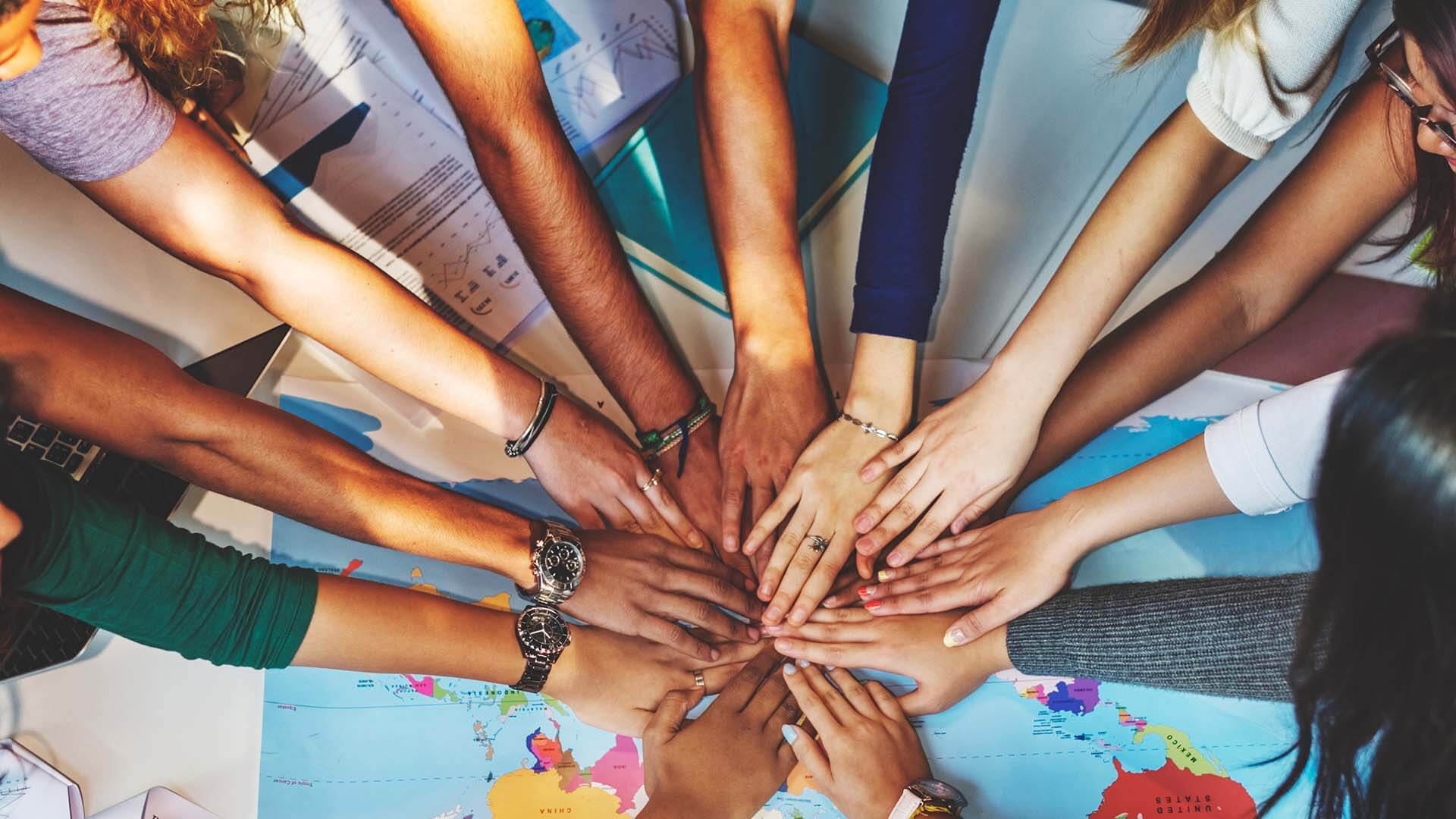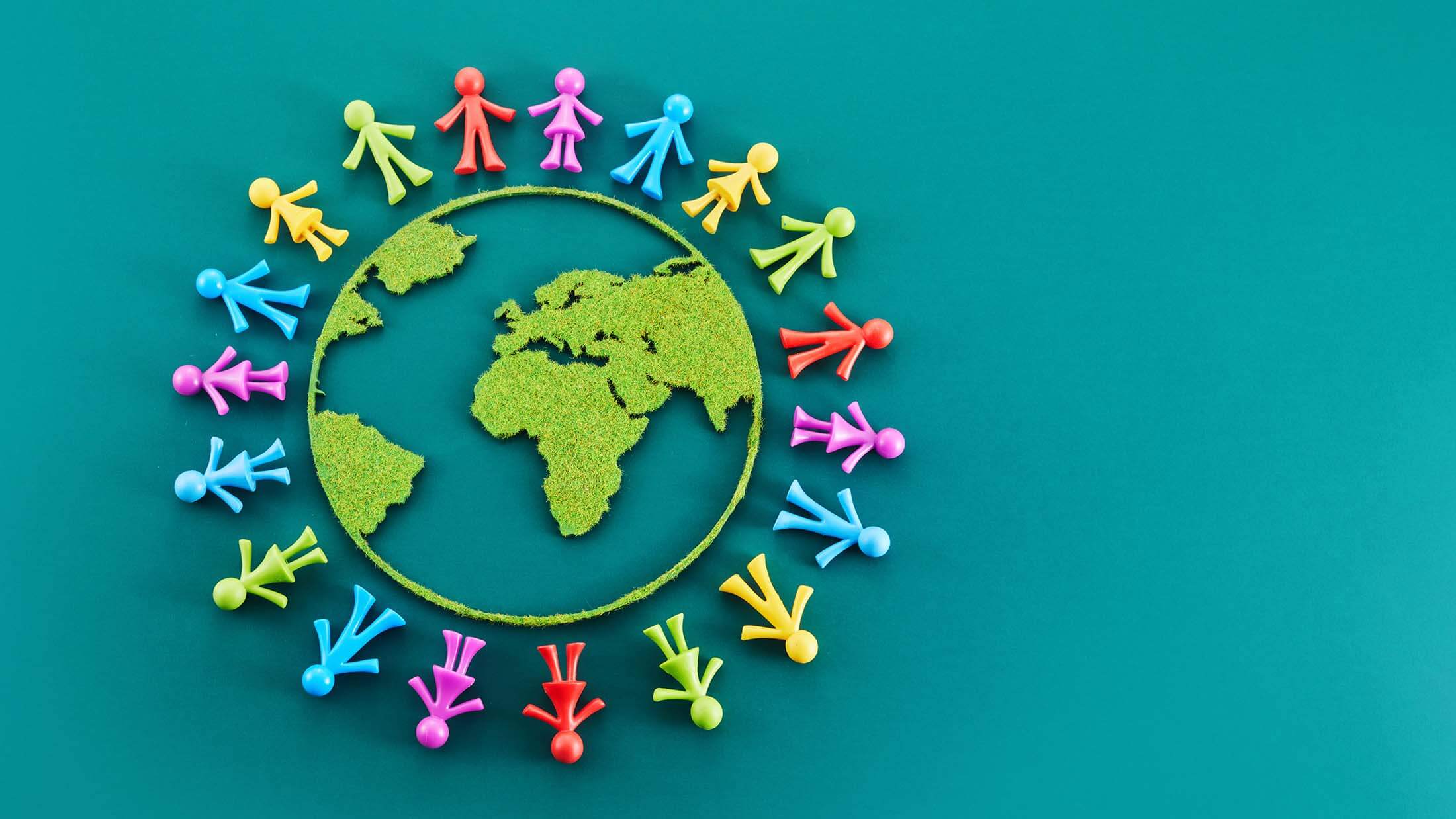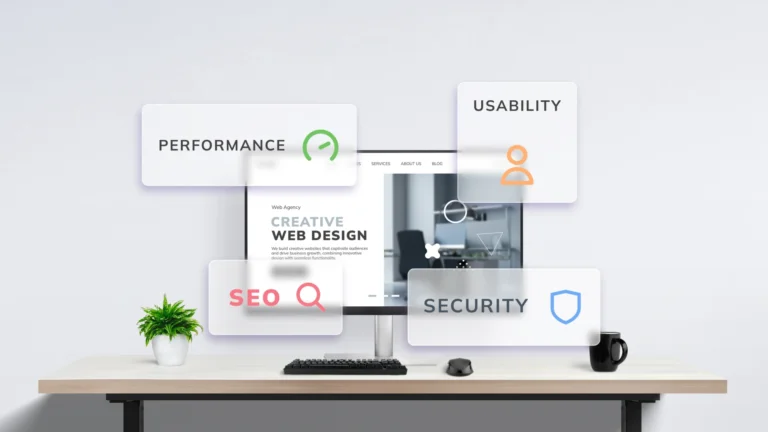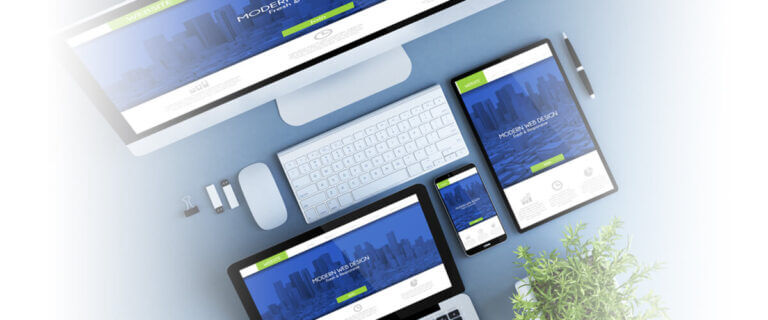An inclusive workplace culture empowers employees of all different ethnicities, races, genders, gender identities, ages, and religious beliefs. When cross-cultural workplace dynamics work in harmony, your team brings increased creativity, heightened innovation, new perspectives, broader skills, and enhanced flexibility to the table.
If you want to harness these benefits at your organization, you must understand how to embrace cultural differences in the workplace with honesty and empathy. Managing cultural variances at work can come with unique challenges that you must learn to overcome if you want to succeed in a diverse environment. Read on to learn how you can foster workplace cultural diversity in an innovative and healthy way.
The importance of cultural diversity in global teams
Workplace cultural diversity involves building a team of employees from diverse cultures and backgrounds. True diversity goes beyond surface-level considerations like a person’s birthplace to include people of all religions, political beliefs, physical capabilities, genders, sexual orientations, ethnicities, educational levels, and more.
Cultural diversity is vital in global teams as it allows your business to appeal to a broader range of international clients while harnessing stronger internal capabilities. By embracing diversity, you gain a more creative and innovative team with worldwide perspectives. Your employees will exhibit premier problem-solving capabilities, new skill sets, and improved passion ignited by the welcoming environment.
From an outside perspective, cultural diversity improves your brand’s esteem within the industry. Clients, stakeholders, and shoppers see your diverse, welcoming company as one they want to do business with.
Types of cultural diversity in the workplace
Cultural diversity goes beyond a person’s physical characteristics. Common types of cultural diversity in the workplace include the following:
Ethnicity and race
Ethnicity and race are typically at the top of the charts for diversity initiatives, though you must not make this your only cornerstone. Ethnicity encompasses the larger social groups that people belong to, typically sharing a language, heritage, and other defining factors.
People of different ethnicities have unique mannerisms, greeting styles, and signs of respect that can add value but also complications to a global team.
Gender and gender identity
Gender and gender identity encompass a spectrum of diversity-related characteristics that are often misunderstood in the hiring community. Beyond hiring equally between men and women, gender identity and sexual orientation diversity offers equal opportunities to non-binary individuals, people of the LGBTQ+ community, and more without asking sensitive questions regarding their personal lives.
Age
When embracing diversity in the workplace, age is often severely overlooked. Younger and older generations can be discriminated against, depending on the industry and position.
It’s important to create a diverse team filled with employees of all different ages to gain unique perspectives and skill sets across the board.
Religion and beliefs
In every culture, people share different religions or beliefs. Bringing together people from different religious or non-religious backgrounds can set the stage for collaboration but may also create conflicts. To create a safe workplace for all, you must give individuals the space and opportunity to practice their beliefs without discrimination from peers.
Strengths of cultural differences in the workplace
Workplace diversity can create stronger teams. The top strengths of cultural differences in the workplace include the following:
Increased creativity and innovation
A young woman who grew up in Bangkok as an active Buddhist will have widely different perspectives on life and society than an older man who was raised Jewish in rural Poland. When you bring together vastly different individuals from unique backgrounds and beliefs, your team gains a wide range of global perspectives. With this, your workplace can see increased creativity, innovative problem-solving, and unique critical thinking skills.
Broader skill sets and expertise
The environment you grow up in and your background affect your innate skills, communication abilities, mannerisms, and expertise in different topics. An individual from coastal Japan may have a deeper understanding of the sea and fishing, while someone from Zermatt would be more knowledgeable of avalanche risks and snow conditions.
Beyond these basic applications, people from around the world have more diverse resumes with experience working for global companies. Bringing together individuals with broader skill sets can help fill more gaps in your team.
Enhanced adaptability and flexibility
With a global team, you can rely on employees from all different time zones, which provides excellent adaptability and flexibility. You likely have clients from around the globe who need your business at odd hours of the day, so with a diverse, global team, your workforce will be far more adaptable to customer needs.
Weaknesses of cultural differences in the workplace
When introducing numerous cultural differences to your workplace, you might experience a few challenges as well, especially if you don’t have the right systems in place. These challenges may include the following:
Communication challenges
One of the most obvious concerns of culturally diverse teams is the communication challenges that arise between employees who do not speak the same language. Even if all employees speak the same first or second language, communication barriers may arise in how people dictate their messages, greet coworkers, and more.
Conflicts and misunderstandings
People of different cultures, backgrounds, ethnicities, and religions grow up with widely different social norms. What you may think of as a regular handshake could be offensive to your coworker. All of these slight differences can lead to conflicts and misunderstandings.
Potentials for stereotyping and biases
Unfortunately, modern society has ingrained stereotypes and biases against many groups of minorities. When you create a culturally diverse workplace, some team members may discriminate against minority groups, especially if you do not have the right systems in place to prevent this from happening.


How to overcome the challenges in a diverse workplace
Discrimination, conflicts, and communication challenges can all prevent your team from succeeding, so you need to learn how to overcome these common concerns. Here are our top tips for navigating cultural differences in teams:
Implementing cross-cultural training programs
Proper diversity training can equip your team with the right strategies for communicating with each other in an effective, healthy, and compassionate manner. In many cases, discrimination comes in silent forms, where people do not realize they’re harming those around them. Cross-cultural training programs raise awareness of microaggressions, improve understanding, and show individuals that your workplace actively wants to create a welcoming environment.
Encouraging open communication
Open communication ensures that people of all backgrounds feel empowered by equal opportunities. All of your employees should feel comfortable sharing ideas during meetings, speaking up about concerns, or addressing issues they’ve faced in the workplace. You can encourage open communication by gathering feedback and acting on it, hosting regular meetings, opening up messaging channels, and conducting regular check-ins.
Fostering an inclusive and respectful culture
An inclusive and respectful workplace culture is vital to preventing challenges in your diverse workspace. To start, you must strictly prohibit discrimination, biases, microaggressions, and other concerns that would isolate certain employees. To help everyone feel welcome, ensure your dress code allows for individuals to follow their religious or cultural preferences, and consider celebrating different holidays or events across cultures.
Future trends in global workplace diversity
As workplace diversity gains more traction on a global scale, we’re seeing positive trends emerge, such as the following:
Technological advancements facilitating global collaboration
Global collaboration requires tools for communication and coordination. Technology continues to advance to make collaboration incredibly seamless as if employees from different nations are in the same room together. You can use video chat tools, instant messaging platforms, real-time editors, project planning software, and more, all integrated for uninterrupted collaboration.
Evolving strategies for building and managing global teams
With the evolution of technology, strategies for building and managing global teams have shifted as well, particularly with the COVID-19 pandemic moving many businesses online. Some of the key strategies for managing global teams today include:
- Setting up regular meetings that still adhere to various time zones
- Taking advantage of communication tools
- Building team connections in a virtual environment
- Providing training resources to all remote employees
- Addressing and working through cultural differences
The role of leadership in managing cultural diversity
As a leader, you set the tone for how well your cultural team operates. Leaders must foster inclusive, accepting, and open environments where everyone feels equally important.
If someone comes to you with a concern, you must be prepared to handle it adequately. Your HR team should have open-door policies with strict rules regarding discrimination.
How can leaders lead by example in embracing diversity?
One of the most effective ways to ensure your team embraces its diversity is to lead by example.
Having a diverse team isn’t enough. You must give equal opportunities to everyone, encouraging them to voice their opinions and celebrating the unique backgrounds shared in your workplace. In doing so, you can develop a positive environment that inspires employees to follow in your footsteps.
Now that you understand the importance of cultural differences in the workplace, consider adopting streamlined tech solutions to ensure your team has everything it needs to succeed. Contact Connective today to learn more.













